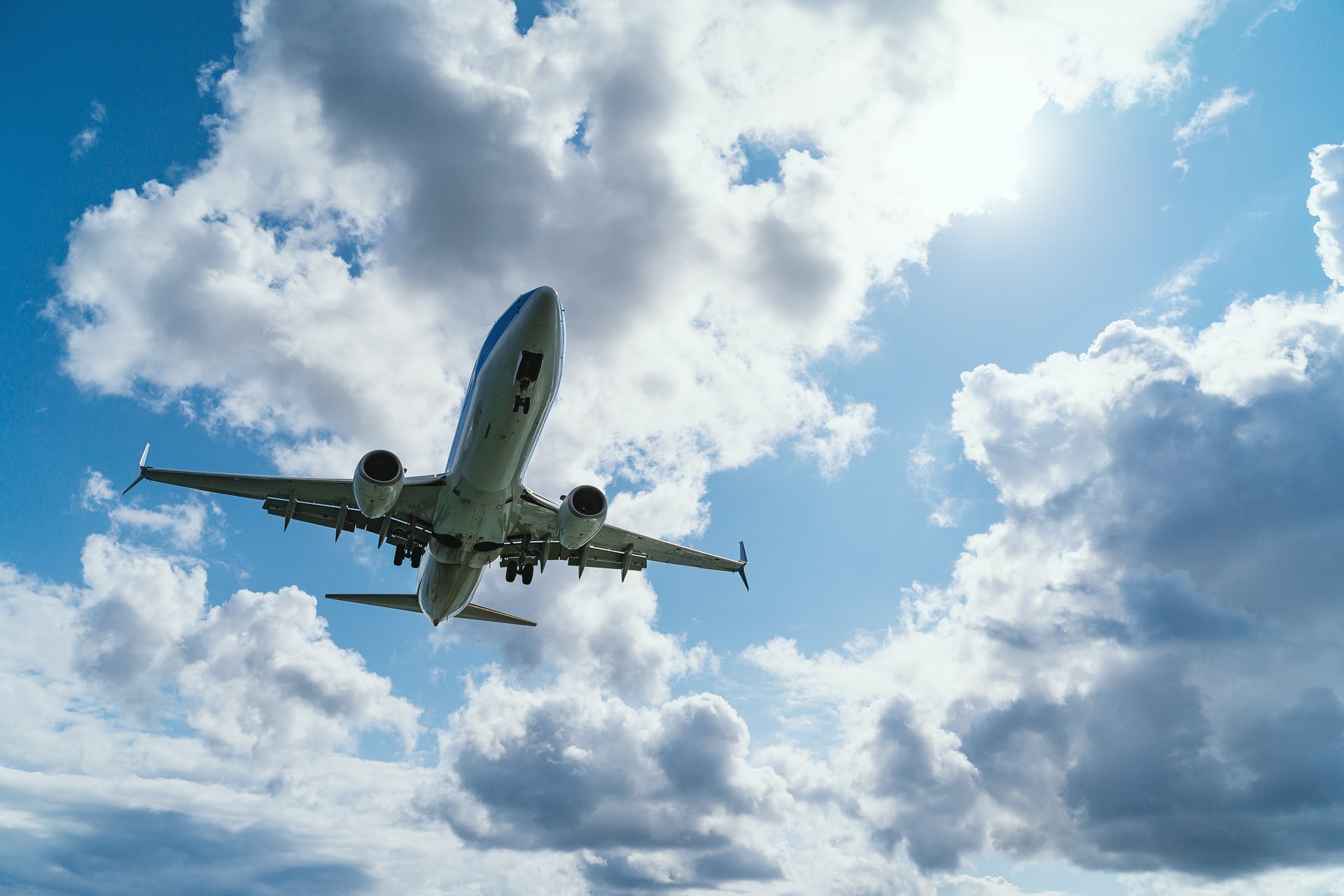The World Health Organization (WHO) announced on December that the new Omicron variant might soon outpace Delta. Though no deaths caused by Omicron have been reported in Europe, at least 42 countries have so far imposed travel bans. This adds uncertainty and pressure to a beleaguered aviation industry.
Aljazeera reports that countries such as Morocco and Japan have closed their borders entirely, while others have only tightened testing at the border. According to the International Civil Aviation Organization’s (ICAO) latest report, the number of international air passengers is still down by roughly half of pre-pandemic levels. All this despite the fact that some economies have shown signs of recovery this year.
According to FlightRadar24, in 2019 roughly 4.5 billion passengers took 42 million flights worldwide. That is an average of 115,000 commercial flights every day. Since the global pandemic by the World Health Organization on March 11, 2020, passenger air travel dropped by more than 75 percent over the course of just one month. It reached a low of 23,926 flights on April 12, 2020.
The International Civil Aviation Organization (ICAO) reports that many people cancelled or postponed travel plans in 2020. By the end of the year, 2.7 billion fewer people traveled by air compared with 2019.

According to the International Air Transport Association (IATA), total air travel industry losses during 2020-22 are expected to reach $201bn. In 2020 alone, the industry lost upwards of $137bn with losses expected to reduce to $11.6bn in 2022.
According to data by OAG Aviation, global seat capacity in November 2021 was 27 percent lower than the same month in 2019, with subregions such as Southeast Asia, Oceania and parts of Africa seeing the largest decline in seat capacity compared with November 2019.
Aljazeera reports that half of the 10 busiest air routes in November 2021 departed from or arrived at Dubai International Airport. Destinations for travelers from Dubai included Riyadh with 242,446 seats, London with 226,496 seats and Jeddah with 182,794 seats.

According to Airports Council International (ACI), Guangzhou Baiyun International Airport, located in the south Chinese province of Guangdong, was the busiest airport in 2020, with more than 43.8 million passengers traveling through the airport, .
Atlanta Airport in Georgia, US, had the second-highest number of passengers with 42.9 million people using the airport. However, this was a 61 percent decrease from 2019, when it was ranked the busiest airport in the world.
1. World total passenger traffic
The Covid-19 impact on world scheduled passenger traffic for year 2020 (estimated actual results), compared to 2019 levels:
- Overall reduction of 50% of seats offered by airlines
- Overall reduction of 2,699 million passengers (-60%)
- Approx. USD 371 billion loss of gross passenger operating revenues of airlines
The Covid-19 impact on world scheduled passenger traffic for year 2021 (preliminary estimates), compared to 2019 levels:
- Overall reduction of 40% of seats offered by airlines
- Overall reduction of 2,197 million passengers (-49%)
- Approx. USD 323 billion loss of gross passenger operating revenues of airlines
2. Outlook for 2022
The Covid-19 impact on world scheduled passenger traffic for year 2022 (estimated actual results), compared to 2019 levels:
- Overall reduction of 19% to 22% of seats offered by airlines
- Overall reduction of 1,110 to 1,342 million passengers (-25% to 30%)
- Approx. USD 180 to 210 billion loss of gross passenger operating revenues of airlines













